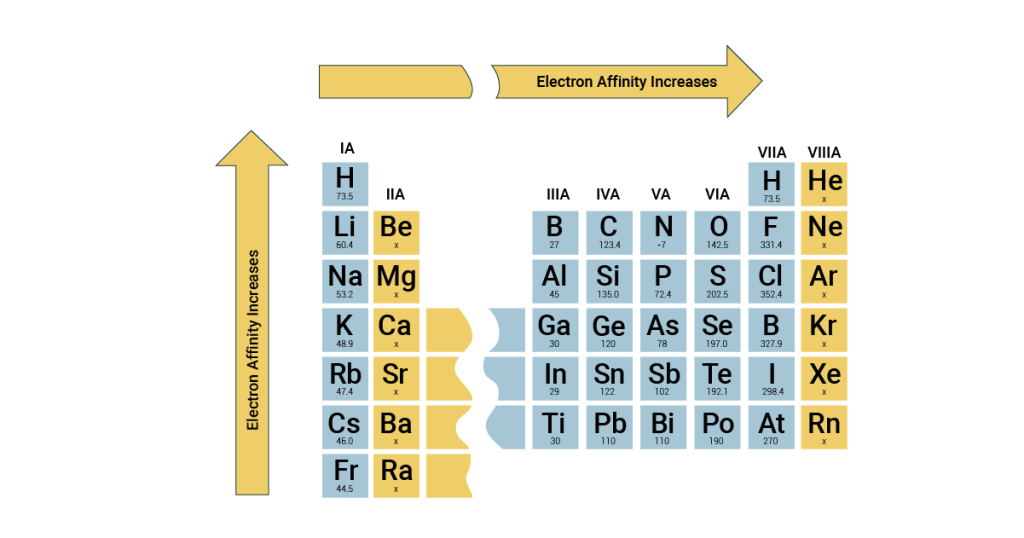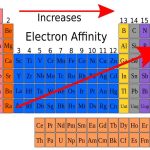Lightning is one of the more impressive manifestations of the power in nature: the sky lights up with a brilliant flash of light, as huge amounts of electrical energy pass through the air. As an excellent generalization, gases may be thought of as electrical insulators, so why do we see the lightning travel through the air? How does it conduct? Applying a huge voltage across a sample of gas generates an electric discharge, which is apparent by the appearance of light. In fact, the colour of the light depends on the nature of the gas, so neon gives a red colour, krypton gives a green colour and helium is invisible to the eye, but emits ultraviolet light.
The source of the light seen with an electric discharge is the plasma formed by the electricity, which is a mixture of ions and electrons, and unionized atoms. If, for example, we look solely at nitrogen, which represents 78 per cent of the air, an electric discharge would form a plasma comprising N2 +, N+, electrons e−, nitrogen radicals N•, as well as unreacted N2. Incidentally, the formation of these ions explains how air may conduct electricity. Very soon after the electric discharge, most of the electrons and nitrogen cations reassemble to form uncharged nitrogen, N2. The recombination produces so much energy that we see it as visible light – lightning. Some of the electrons combine with nitrogen atoms to form nitrogen anions N−, via the reaction.

and, finally, some, N2 + cations react with water or oxygen in the air to form ammonium or hydroxylamine species. The energy exchanged during the reaction (in Equation (2.10)) Care: do not confuse the symbols for electron affinity E(ea) and activation energy Ea from kinetics (see Chapter 8). is called the ‘electron affinity’ E(ea). This energy (also called the electron attachment energy) is defined as the change in the internal energy that occurs when 1 mol of atoms in the gas phase are converted by electron attachment to form 1 mol of gaseous ions. The negative ions formed in Equation (2.10) are called anions.
The negative value of E(ea) illustrates how the energy of the species X−(g) is lower than that of its precursor, X(g). Most elements are sufficiently electronegative that their electron affinities are negative, implying that energy is given out during the electron attachment. For example, the first electron affinity of nitrogen is only 7 kJ mol−1 , but for chlorine E(ea) = −364 kJ mol−1 . Table 2.9 lists the electron affinities of gaseous halogens, and Figure 2.16 depicts the electron affinities for the first 20 elements (hydrogen–calcium). The electron affinity measures the attractive force between the incoming electron and the nucleus: the stronger the attraction, the more energy there is released. The factors that affect this attraction are exactly the same as those relating to ionization.

energies – nuclear charge, the distance between the nucleus and the electron, as well as the number of electrons residing between the nucleus and the outer, valence electrons.


